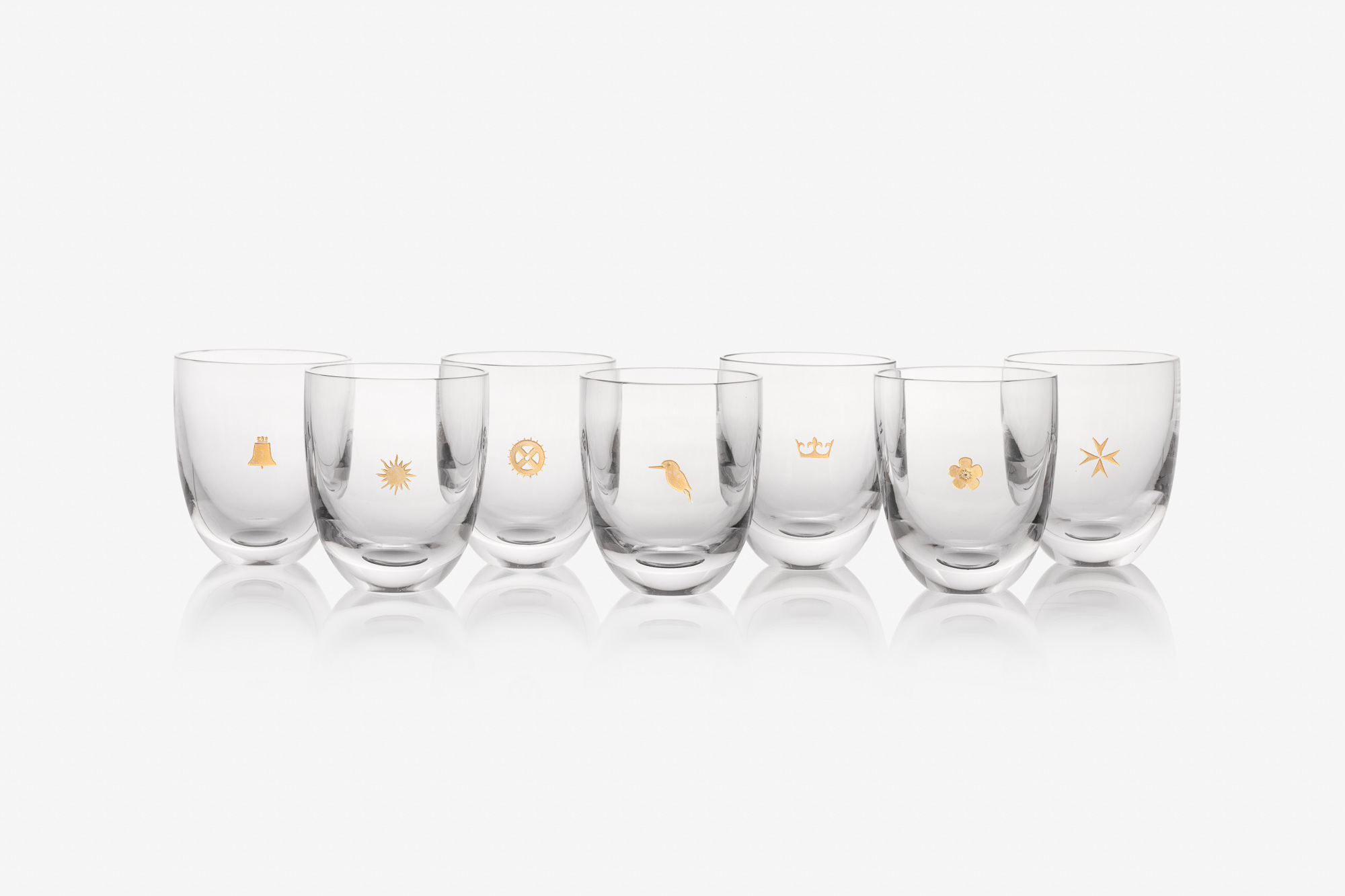Breadcrumbs navigation
Prague Towers and their symbols
Prague’s towers are all connected with symbols that typify them, be they associated through facts or legend. You may well be able to assign the respective symbols to the towers yourself, but we’re happy to tell you more – including some revelations…
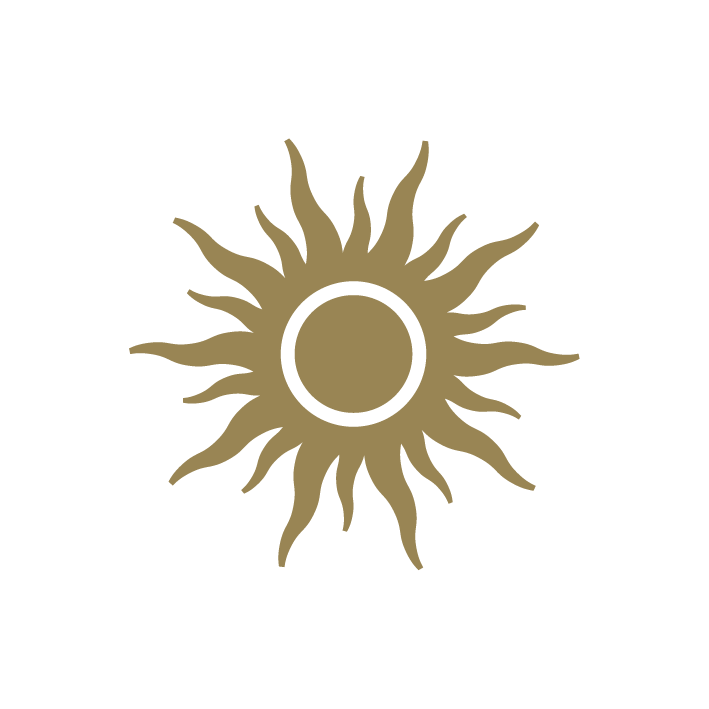 The Old Town Astronomical Clock – The Sun
The Old Town Astronomical Clock – The Sun
The Sun has long been perceived as the quintessential symbol of life and rebirth. It had also long been considered the centre of the universe or a star orbiting the Earth. Today, of course, we know the opposite is true. But at the time of construction of the Old Town Astronomical Clock, the first mention of which dates back to 1410, things were different. The Old Town Astronomical Clock is an ingenious mechanism among astronomical clocks, an ‘astrolabe’. Down the years, astrologers and navigators have used such instruments to determine the position of the sun and heavenly bodies, astronomical cycles and, of course, time, in various forms. The Old Town Astrolabe is set to local Central European time, which used to be knownm as ‘Prague Central Solar Time’. Accordingly, the Sun takes pride of place on the astronomical clock and features on the golden hand that circles the astrolabe every 24 hours. No wonder then, what symbolizes the Old Town Astronomical Clock…
 The Old Town Bridge Tower – a Kingfisher garlanded with a twisted towel
The Old Town Bridge Tower – a Kingfisher garlanded with a twisted towel
We all probably know of the beautiful river bird with the even nicer name – the kingfisher. But what of the garland of cloth around him? This “věník” kerchief along with the kingfisher, was the emblem of King Wenceslas IV and, lore would have it, ties him to the coiffeuse and bathhouse wench Zuzana, who helped the king escape from imprisonment, after he was given dispensation to visit the baths. The cloth-garlanded kingfisher is thus the emblem of the Coiffeur Guild. The kingfisher is also known as a symbol of contented love, joy and loyalty. The motif of the twisted kerchief tied with a knot making a circle with two loose ends represented the Order of the Torse, the oldest secular royal order founded by King Wenceslas IV in 1389. The establishment of the order was probably inspired by the Order of the Garter (the United Kingdom order of chivalry).
 Petřín – Cherry blossom
Petřín – Cherry blossom
Nothing goes with Petřín more than blooming cherry orchards – and kisses beneath them. Petřín has thus come to be the symbol of all lovers, not only on the first May, and a kiss under a blossoming cherry bough is one of the favourite traditional customs. Historically, this is a pagan tradition, where a kiss under a flowering tree was supposed to ensure a woman’s fertility, beauty and health. Over 2,000 flowering trees can be found in the Seminary Garden, which was originally a monastery garden of the Order of the Carmelites at Our Lady of Victory. One of the pears is supposedly old enough to have known the poet Jan Neruda, who was born nearby – in the now-abolished Újezd barracks. That’s why you’ll find a bronze commemorative monument to him by Jan Simota from 1970 at the bottom of the garden, near the funicular railway.
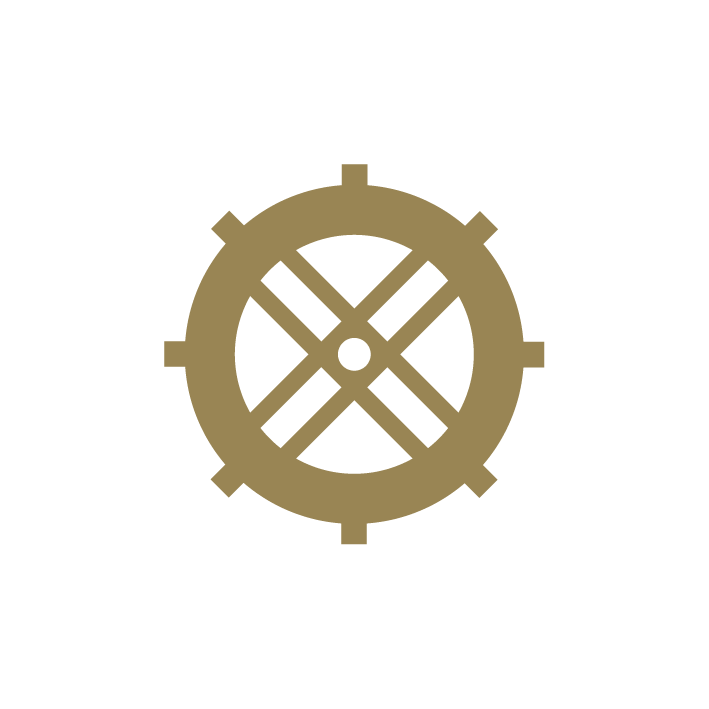 The New Mill Water Tower - A Millwheel
The New Mill Water Tower - A Millwheel
Although you will no longer see anything of the original mill and water tower, its legacy has been preserved at least in the name. An important technical monument from the Baroque period was built in 1658 on the site of the original mill and water tower. In the Middle Ages, this part of the Vltava River featured the New Mills with a wooden tower supplying water to the lower New Town of Prague. The wooden tower was replaced in 1602-1606 by a stone Renaissance tower. It was an extraordinary building of eight floors, with a viewing terrace and beautiful Renaissance paintings, depicting among other things a panoply of Czech monarchs from the Přemyslids to Emperor Rudolf II. Unfortunately, in 1655 this gem was torn down by a flood and a new tower was built here in Baroque style. It served its purpose until 1877 and recently underwent extensive reconstruction. Its original function was thus preserved in the mill symbol.
 The Lesser Town Bridge Tower - a Maltese Cross
The Lesser Town Bridge Tower - a Maltese Cross
The Lower Bridge Tower, also called Judith’s, is a Romanesque building from the 12th century. The tower was part of a left-bank fortification that protected the monastery of the Rhodes and Malta Order of the Hospital Brethren of St John the Baptist of Jerusalem (known as the Johannites, later the Knights Hospitaller or the Knights of Malta). The Monastery of the Order of the Knights of Malta was founded in the Lesser Town in 1159, as the first Czech ‘in commendam’ holding of the Order, which was established in Palestine in the 11th century to help the sick, protect Christian pilgrims against pagans and to redeem the Holy Land. Prague’s Johannites were also called the ‘Crusaders of the Hospital of the Virgin Mary in Prague by the end of the bridge’, since their courtyard was the first building at the end of this side of the bridge. The symbol of the order is a white, eight-vorticed or ‘maltese’cross. The Order remains active, focused mainly on healthcare and humanitarian activities.
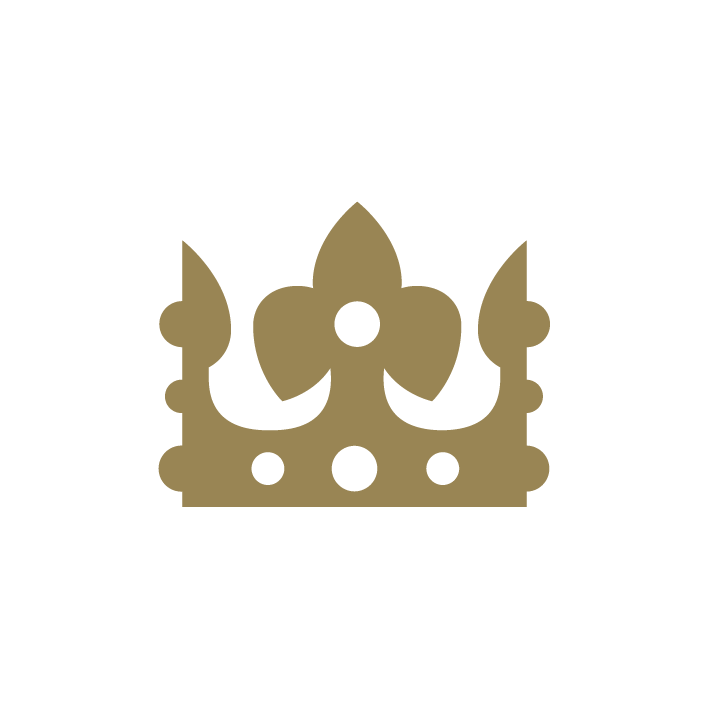 The Powder Gate Tower - a Crown
The Powder Gate Tower - a Crown
No other symbol could be more typical of the Powder Tower than a royal crown. The Powder Tower is considered as the starting point of the ‘royal route’, a historical route leading through the city centre to St Vitus’ Cathedral, and one that was taken by Czech kings-to-be, heading for their coronation. The first to go from here to the Cathedral was Albert II of Germany in 1438 and the last to follow this ceremonial route to his coronation was Ferdinand I of Austria in 1836. The Powder Tower is therefore linked with a number of Czech monarchs, whose statues adorn its façade. If you take a good look you’ll find a knight with a Latin-written banner, above the passageway in the east, which translates as: Behold, Prague. To the honest I am a mother, to the wicked a [harsh] stepmother; let those make haste to flee, and let such come hither as seek good of their own free will. A very apt message for today, as ever.
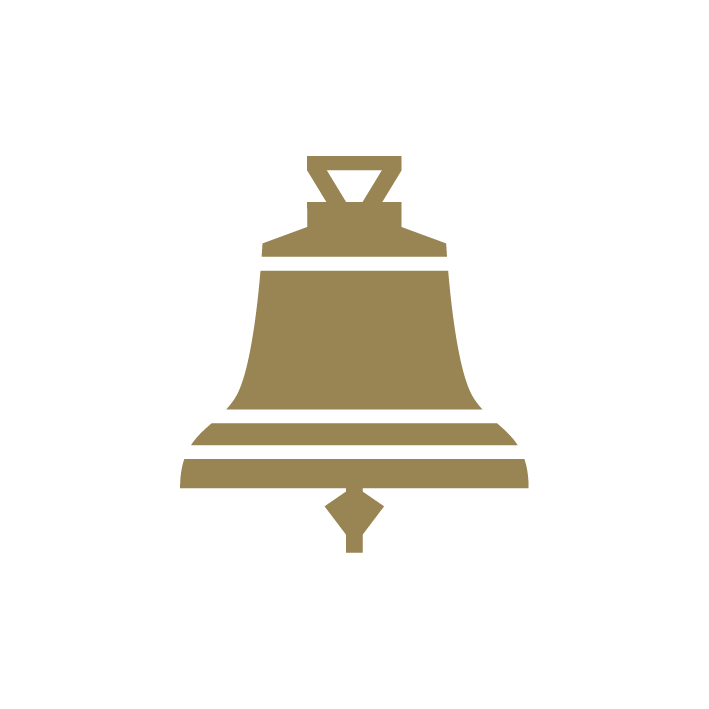 St Nicholas Bell Tower - a Bell
St Nicholas Bell Tower - a Bell
Here the symbol is part of the very name – the tower, bell tower or watchtower adjacent to the Church of St Nicholas in the Lesser Town was built by Kilian Ignaz Dientzenhofer. Interestingly, the height of the bell tower is the same as the height of the adjacent church dome; 215 steps lead to a height of 65 meters and the bell of St Nicholas dating from 1576. Another interesting fact is that the tower has its descriptive number 556, which means that it did not belong to the church, but to the municipality – churches usually do not have descriptive numbers. In the Middle Ages, it was customary for church bell towers to be built by the municipalities. St Nicholas’ Tower was also the last to act as a watchtower – the last watchman, whose task it had been to ring the bell in the event of a fire and show the direction of fire with a red streamer or a lantern at night, moved out of the tower in 1891. From the early 1950s until the fall of the Communist regime, the bell tower played an unsavoury role. It was from here that State Security monitored the goings on at nearby Western embassies. Fortunately, today we can enjoy the restored clock tower with its six-meter dial, and the beautiful view of the Vltava river and Hradčany castle district.
